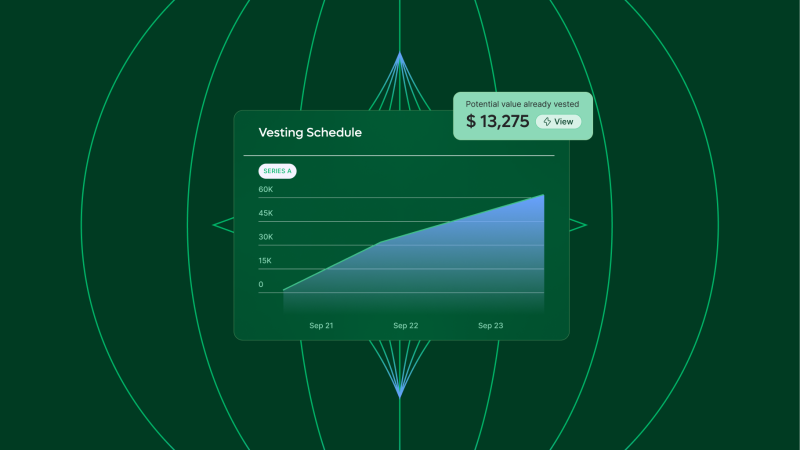Holiday pay
PTO
Best practices
What is holiday pay?
Holiday pay refers to compensation you provide to your employees for the time they spend away from work on recognized public holidays.
In the US, for instance, there are 11 paid federal holidays:
New Year’s Day: January 1
Martin Luther King’s Birthday: third Monday in January
Washington’s Birthday: third Monday in February
Memorial Day: last Monday in May
Juneteenth National Independence Day: June 19
Independence Day: July 4
Labor Day: first Monday in September
Columbus Day: second Monday in October
Veterans Day: November 11
Thanksgiving Day: fourth Thursday in November
Christmas Day: December 25
State or local holidays, like Nevada Day or Cesar Chavez Day, may also qualify.
To see a full list of public holidays in other countries, check out our Country Explorer tool.
If employees work on an official holiday, they may be entitled to a premium pay rate on top of their normal wages, usually at either double or 1.5x the hourly rate.
Holiday pay is distinct from other forms of PTO, such as vacation days and sick leave. Employees can't freely choose when to use it; instead, it's tied to predetermined dates. In addition, holiday pay doesn’t accumulate like vacation time does.
Benefits of holiday pay
Offering premium holiday pay:
Improves employee morale and loyalty
Allows for better operational planning since holiday dates are fixed
Demonstrates an appreciation for cultural diversity by offering religious holidays
Although holiday pay is not a legal requirement everywhere, most employers do provide it.
Who is eligible for holiday pay?
Unless legally mandated, eligibility for holiday pay is at the employer’s discretion. Holiday pay policies often specify which workers qualify, based usually on their tenure or hours worked. For instance, an employee may be required to provide more than six months' worth of service before they earn holiday pay.
What is PTO?
PTO refers to a pool of paid days employees can use for any purpose, such as vacation, personal time, education, or something else.
In some countries, PTO also covers bereavement leave, jury duty, military leave, and sabbaticals.
Unlike holiday pay, PTO isn't attached to any specific event. It provides flexibility since employees can use the time off however they choose, whenever they want (subject to the employer agreeing).
In many countries, employees are legally entitled to a minimum number of PTO days per year. In places where they are not — such as most US states — employers offer PTO as a supplementary benefit. The amount of PTO days on offer can increase based on tenure or accruals, while it’s also possible to cash out unused or unwanted PTO.
PTO policies can differ drastically depending on the company. For example, some US companies exclude part-time staff, contractors, or new hires from taking PTO until they have completed an introductory period.
Benefits of PTO
If it’s not already legally required, here are some of the benefits of offering PTO to your employees:
It gives you greater flexibility in managing time-off requests since employees can use their PTO bank for any purpose
There is often no liability for paying out unused vacation time when employees leave the company since PTO policies often have "use it or lose it" clauses
It promotes a culture of trust and personal responsibility
Holiday pay and PTO best practices
Consider incorporating these best practices when offering holiday pay or PTO:
1. Establish a comprehensive policy
Make the policy easily accessible to employees. Post it on your company intranet and add it to your employee handbook or dedicated HR portal. Make sure that your employees read it carefully to avoid confusion.
2. Set clear boundaries
Outline when employees can and can’t take PTO. Address items like:
Number of vacation, sick, and personal days provided annually
How time off is accrued (front-loaded, earned over time, etc.)
Rollover, expiration, or cash-out policies for unused days
Eligibility rules (tenure requirements, job status, etc.)
Notice periods for time-off requests
3. Comply with the relevant laws
Research paid leave regulations in the areas in which you operate. Consider state, city, and industry-specific rules beyond federal requirements.
4. Grant holiday pay and PTO equitably to all eligible employees
Avoid policies that discriminate based on job roles or other factors.
5. Track holiday pay and PTO using an integrated HR system
Ensure transparency by providing periodic updates on balances. Implement request and approval workflows to maintain operational continuity.
As an HR manager:
Align your holiday pay and PTO policies with your company values and industry benchmarks. Prioritize inclusivity by offering floating holidays for cultural/religious observances.
Encourage employees to use their PTO by setting usage expectations or minimum requirements.
Show support for employee work-life balance through manager training. Celebrate when employees take time off to rejuvenate.
Evaluate the pros and cons of a PTO bank combining sick, vacation, and personal time versus having separate buckets. PTO offers flexibility while separate policies provide structured time off.
Set clear guidelines if you’re exploring unlimited PTO. Lack of oversight risks underutilization or abuse. Provide benchmarks and require pre-approval.
Regularly gather employee feedback. Adjust your policies to meet the evolving needs of your diverse workforce and maintain employee satisfaction.
Trending terms
WFH stipend
Transform spaces, elevate workplaces
Boomerang Employee
Old legends, new triumphs
Fringe Benefits
Upgrading the daily grind
Absence management
Balancing work and well-being
Disregarded entity
Simplified structure, full control
Inputed income
Quietly counted compensation
Nepotism
Competence, not cousins
Upward mobility
Scaling heights, sans vertigo


